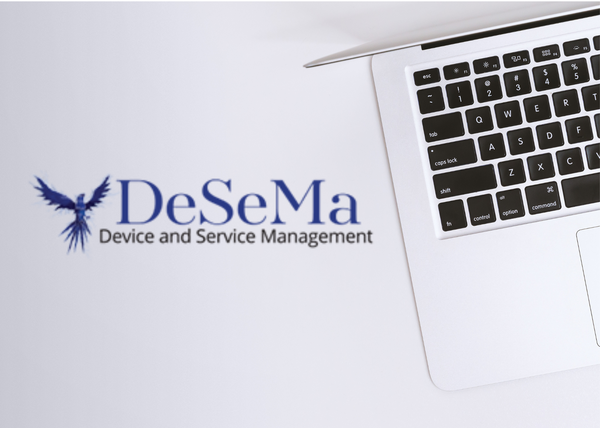Many organizations see tremendous value in open source software. Most open source solutions are available for free download, and organizations can customize the source code to meet specific needs. Because open source licensing schemes generally prohibit the addition of proprietary components, organizations are freed from vendor lock-in.
Open source software licenses encourage users to copy, redistribute and make improvements to the code, fostering a “community” paradigm that encourages voluntarily contributions. The goal of this cooperative movement is to reduce costs, speed the cycle of new releases and enhancements, and encourage innovation.
However, that model is also the downside of open source. Software needs to be audited and thoroughly tested to ensure that it’s secure, but the open source community generally doesn't do it. Nobody enjoys that kind of work, and nobody's getting paid to do it. Organizations that use open source software end up transferring the cost and burden of that effort onto their IT teams.


